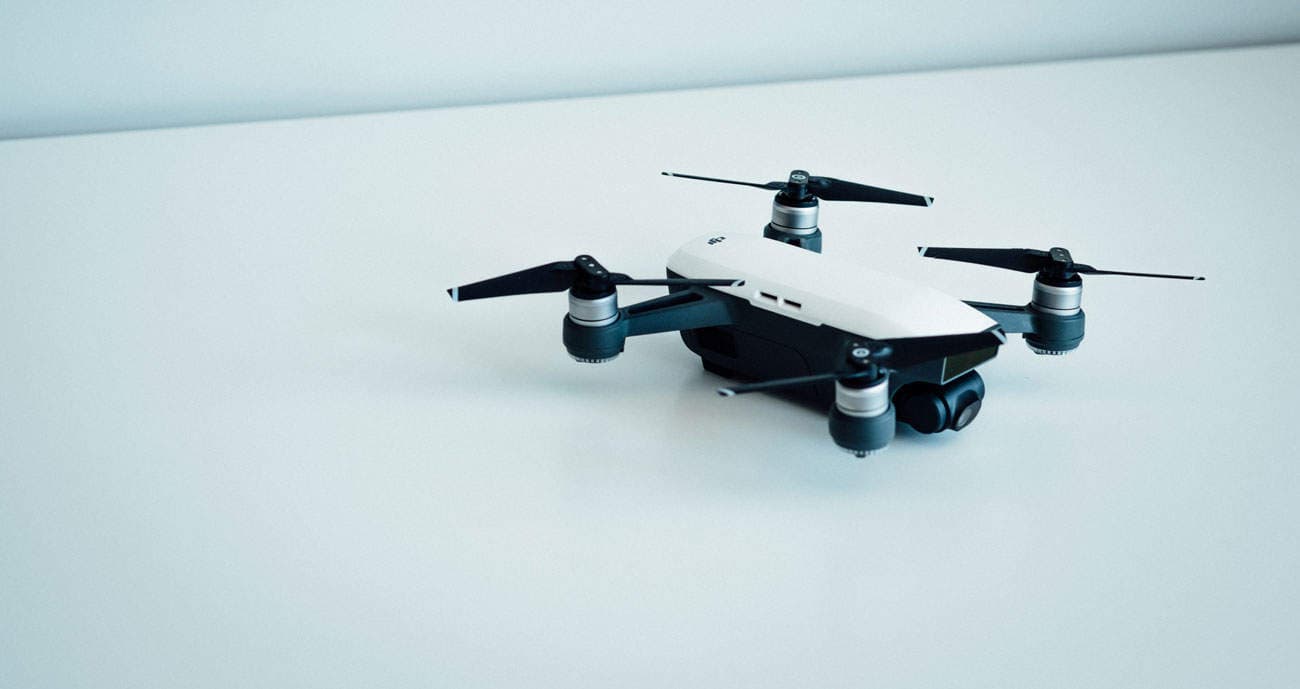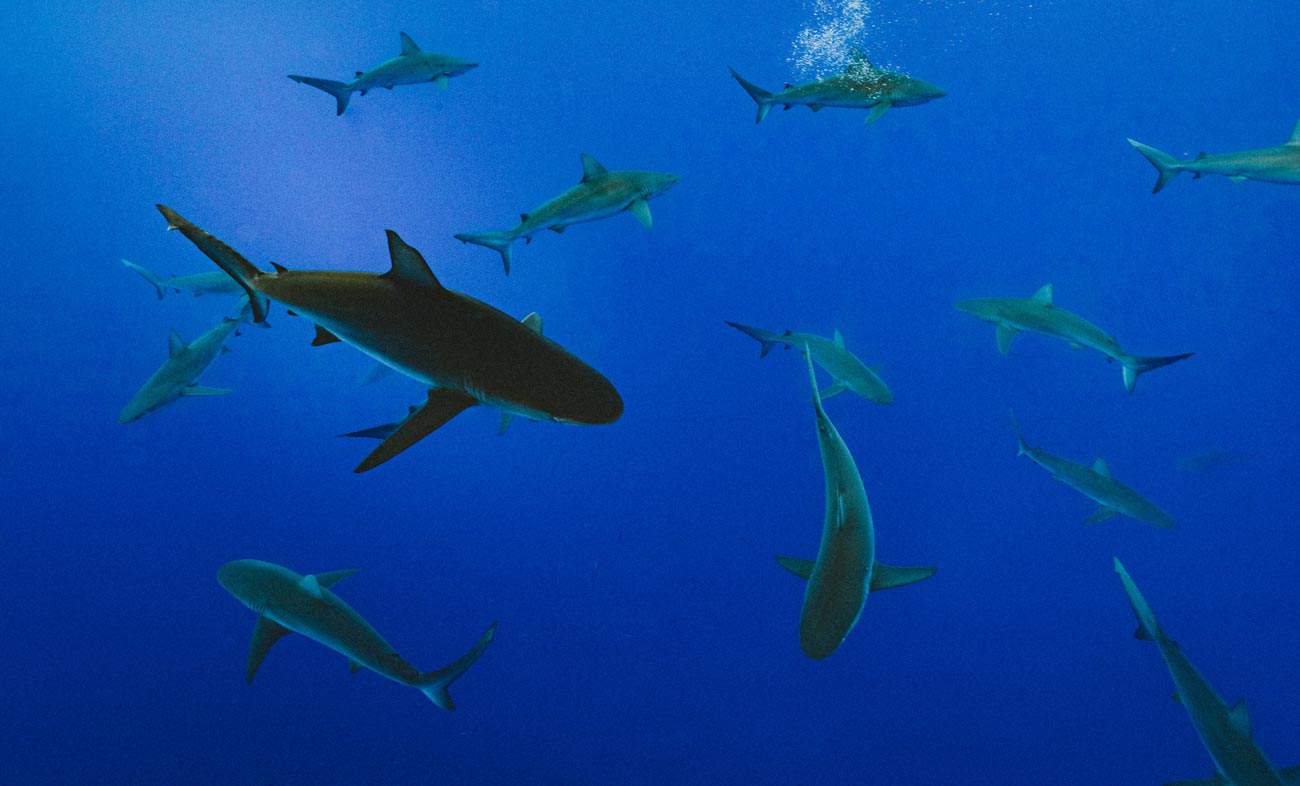Contxto – Flying into the Mexican rulebook is NOM-107 which will regulate the use of drones in Mexican skies. This regulation is set to be effective as of January 13, 2020.
The endeavour will be in the hands of Mexico’s Secretary of Communication and Transport, through its Federal Civil Aviation Agency. They will oversee the application of standards.
Da Rules
First and foremost, drones are legitimized with this norm. Based on a device’s maximum weight for takeoff, these gadgets are categorized as follows:
- Micro: weigh less than or equal to two kg
- Small: weight more than two kg or up to 25 kg
- Big: Heavier than 25 kg
Why there’s no medium classification is anyone’s guess.
Anyway, this categorization is important when it comes to complying with NOM-107. This is so because compliance depends on the category in which the drone falls.
Under this norm, drones can be used for private non-commercial, recreational, or commercial purposes. “Private non-commercial” may refer to military or government-operated drones. Meanwhile “recreational” means hobbyists or for “fun use” of drones. And “commercial”, well, making a profit with these gadgets.
To operate legitimately, interested parties must register the drone under the Federal Civil Aviation Agency.
If the drone isn’t for recreational use, then it must have a civil liability insurance policy to cover damages. For example, let’s say, the drone drops midair and damages someone’s property or worse—hurts a person.
Hobbyists are required to fly the drone within the operator’s eyesight. Drones for private, non-commercial or commercial purposes can be flown beyond a user’s line of vision. And prior authorization, they can even make night flights.
Take note as well, the norm forbids drones with foreign registries or operated by non-Mexicans in the sky. This rule doesn’t apply if there’s a prior agreement with the corresponding government authorities.
NOM-107 also outlines requirements for drone manufacturers or parties interested in importing or selling drones in Mexico.
Infringement of this norm may lead to fines as well as loss of licensing to fly these devices.
“State of the art” drone legislation in Latin America
Drones have an immeasurable amount of uses. In the fields, they help farmers get a lay of the land, as Brazilian Agros has shown. They help you better enjoy live concerts with the Black Eyed Peas or Lady Gaga (Google it).
However, having a set of rules that ensure the safe use of these devices is important. Legislation may shape what Latin American countries take the lead in drone tech.
In Argentina, one rule requires that a user must undergo a medical evaluation to operate a drone in public spaces. Meanwhile, Brazil is somewhat ahead in the sense that it already has detailed legislation to address drones. However, the Brazilian government has limited resources to identify and audit these airborne wonders.
As usual, tech is ahead of the game and legislation is barely catching on.
So what else is new under the Sun?
-ML






